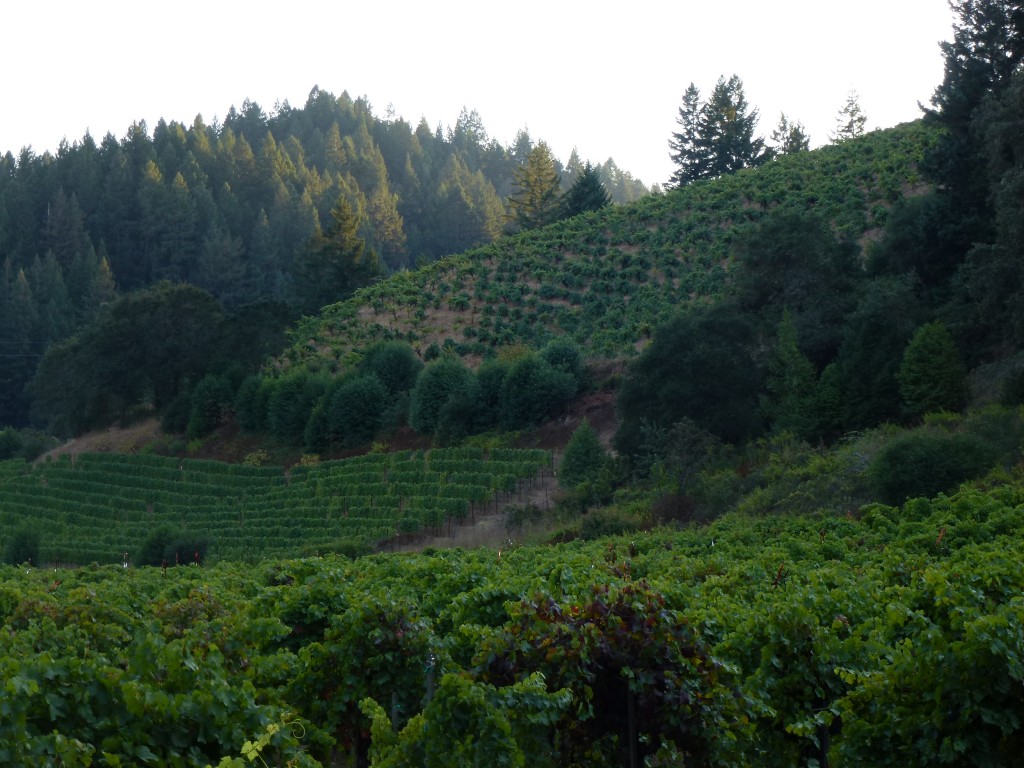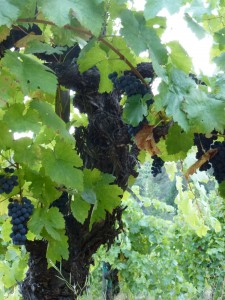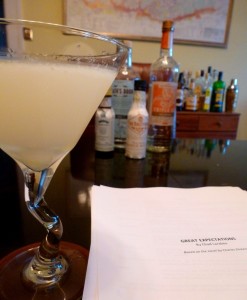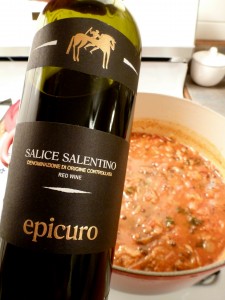
Old World Winery's Abouriou Vineyard
One person I particularly enjoyed meeting at the Wine Blogger Conference this past July was Mr. Steven Washuta, the Assistant Winemaker at Old World Winery in the Russian River Valley. During the second “Speed Blogging” session, he poured a particularly memorable red, the 2009 Abourious. It’s not every day one gets to try a 100% Abouriou, after all. Indeed, I’d never even heard of this varietal until he poured some in my glass.
This wine was more than just a curiosity; it tasted really delicious (you can read my notes from the Speed Blogging session here). I wanted to know more.
Odd Bacchus: How did you end up becoming an assistant winemaker? And what exactly do you do at Old World Winery?
Steven Washuta: About three years ago I decided that engineering wasn’t my thing, so I dropped out of college in Atlanta and moved to Walla Walla to enroll in Enology and Viticulture classes. I graduated in June of 2010, but I came down to Sonoma County on my spring break to look for jobs. A friend from Portland had found Old World and recommended I try the wines; I was in the right place at the right time. [Winemaker] Darek Trowbridge was looking to hire someone for a few different functions, including winemaking and sales, and I fit the bill. Besides helping in the winery I also do tours and tastings, marketing materials, some accounting, and a little bit of everything else.
OB: What is Abouriou? And why did you and Darek decide to produce it?
SW: Abouriou is a grape from Southwest France. It’s hard to find a lot of info on it, and I’ve met very few wine professionals who have even heard of it. The main region in France is Cotes du Marmandais, and there they blend it with the five Bordeaux red varieties as well as Syrah, Gamay, and Fer. The vineyard is an old Martinelli vineyard, and Darek is part of that family. We had the opportunity three years ago to take it over and he jumped on it. We weren’t sure what to do with it, but the barrels from 2009 were so amazing on their own that we couldn’t blend it. We’re getting ready for our 4th harvest on this vineyard.
OB: Tell me about the Abouriou vineyards in the Russian River Valley – what’s the landscape like there, and why did you plant the Abouriou where you did?

Old, Thick Abouriou Vines
SW: We actually have no idea why Abouriou is there. We didn’t plant the vineyard – we think it’s about 70 years old and we just assume the Martinellis have used it as a blending grape in the past. The site itself is awesome – it’s on a slight south-facing slope right under Jackass Hill, which makes Martinelli’s most expensive and well-known Zinfandel. It’s in a small valley surrounded by tall trees in the coastal area of the Russian River Valley, but it’s somewhat blocked off from the breeze and gets pretty hot during sunny days.
OB: Is Abouriou a tricky, finicky varietal to work with, like Pinot Noir, or is it pretty consistent from year to year?
SW: It’s hard to say because we haven’t been working with it long. It ripens fairly early – last year it came in just a couple of days after our Pinot Noir and Pinot Gris; I expect it to be pretty consistent, but thus far the 2010 in barrel definitely has a different character than the bottled 2009. I expect some more of the same orange-peel type spice to start coming out with more maturity though.
(more…)
 An old friend sent me a script to read, and I needed a little nipper to make sure my editing skills were at their peak. I went through the cocktail menu in my mind to come up with something appropriate for the occasion. But then I thought, eh, the heck with it. I had some extra limes on hand, so I shook up a lovely Pegu Club.
An old friend sent me a script to read, and I needed a little nipper to make sure my editing skills were at their peak. I went through the cocktail menu in my mind to come up with something appropriate for the occasion. But then I thought, eh, the heck with it. I had some extra limes on hand, so I shook up a lovely Pegu Club.







